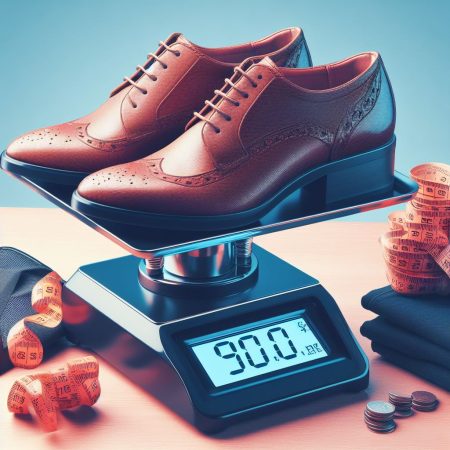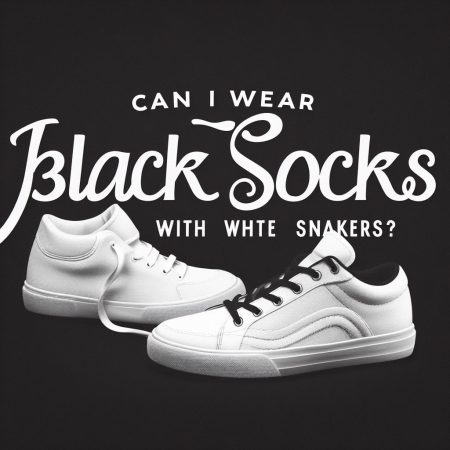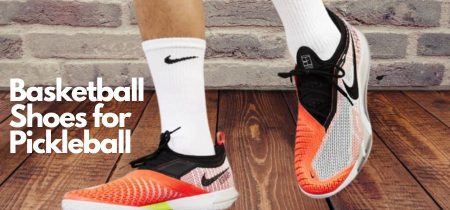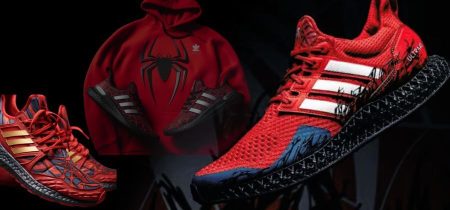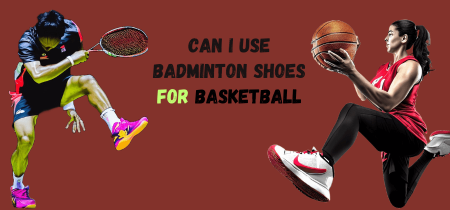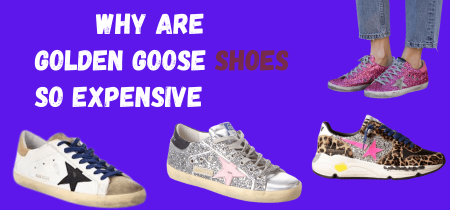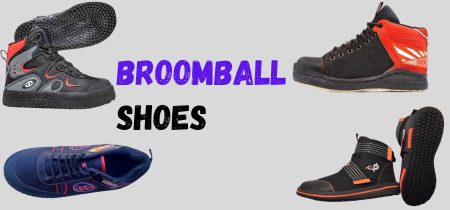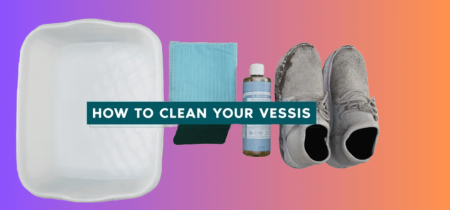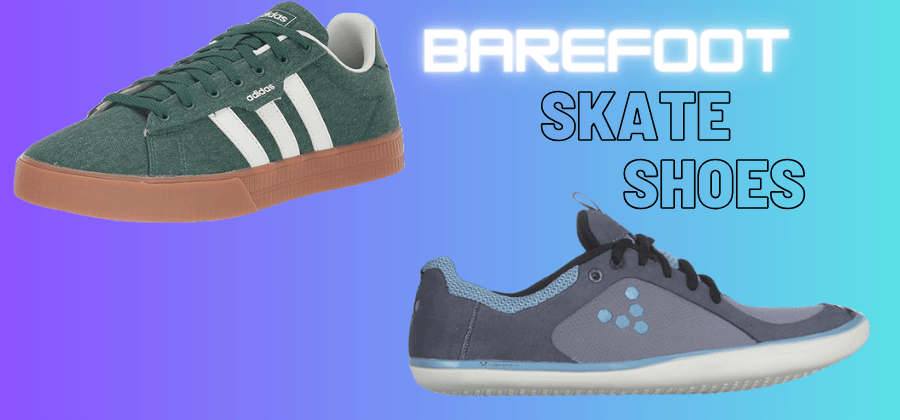
Introduction
Barefoot skate shoes are a type of footwear that mimics the natural shape and function of the human foot, while providing protection and grip for skateboarding. They are designed to allow the foot to move freely, without restricting its range of motion or interfering with its sensory feedback.Barefoot skate shoes differ from traditional skate shoes in several ways. Traditional skate shoes tend to have thick and rigid soles, which reduce the contact and feel of the board. They also have a lot of cushioning and arch support, which can weaken the foot muscles and alter the posture. Moreover, traditional skate shoes often have a narrow and pointed toe box, which squeezes the toes and prevents them from spreading naturally.
Benefits of Barefoot Skate Shoes
Enhanced Board Feel and Control: Barefoot shoes, due to their thin and flexible soles, could potentially enhance the skater’s feel of the board and the terrain. This could improve their precision and responsiveness.
Improved Balance and Proprioception: Proprioception refers to the body’s ability to sense its location, movements, and actions. It’s like a sixth sense that helps us move around without consciously thinking about it. Barefoot shoes could potentially enhance proprioception, which might help skaters adjust their posture and coordination more effectively.
Strengthened Foot Muscles and Tendons: By allowing the foot to move naturally, barefoot shoes could stimulate and train the intrinsic muscles of the foot. These muscles are responsible for stabilizing and supporting the arch of the foot. This could help prevent common foot problems such as plantar fasciitis, bunions, and flat feet.
Better Skateboarding Technique: Some skaters believe that barefoot shoes can lead to a more efficient and fluid style of skating. This could reduce the impact and stress on their joints and muscles, potentially increasing their endurance and performance.
Anatomy of Barefoot Skate Shoes
Barefoot skate shoes are designed to mimic the natural movement of the foot while providing the necessary protection and grip for skateboarding. Here’s a breakdown of their anatomy:
- Thin and Flexible Sole: The most distinctive feature of barefoot skate shoes is their thin and flexible sole, usually made of rubber or synthetic materials. The sole thickness varies depending on the brand and model, but it is typically between 3 mm to 10 mm. This allows for better board feel and control.
- Minimal Cushioning and Arch Support: Unlike traditional skate shoes, which have thick layers of foam or gel padding, barefoot skate shoes have little or no cushioning at all. This design choice is based on the belief that cushioning can interfere with the natural shock absorption mechanism of the foot.
- Lightweight and Breathable Materials: Barefoot skate shoes are usually made of natural or synthetic fabrics, such as canvas, hemp, or mesh. These materials are chosen for their ability to wick away moisture and keep the feet cool and dry.
- Wide Toe Box: Barefoot skate shoes have a wide and spacious toe box, which allows the toes to spread out comfortably. This can improve the stability and balance of the skater, as well as prevent toe injuries such as blisters, corns, or ingrown nails.
- Protective Upper: The upper part of the shoe is designed to offer good grip and protection while skateboarding.
- Tread Pattern: Most models have a herringbone tread, a waffle sole tread, or both for better grip.
Choosing the Right Barefoot Skate Shoes
Choosing the right barefoot skate shoes involves several factors:
- Fit: The fit should be snug but not tight, with enough room for toe splay but not too much space for sliding or rubbing. It’s recommended to measure the foot length and width, and compare them with the size chart of the brand or model.
- Sole Material: Different sole materials have different characteristics, such as grip, durability, flexibility, and weight. For example, rubber soles are more grippy and durable than synthetic soles, but they are also heavier and less flexible. Synthetic soles are lighter and more flexible than rubber soles, but they are also less grippy and durable.
- Brand and Model: There are many brands and models of barefoot skate shoes available on the market, each with their own features and designs. Some of the most popular and reputable brands are Xero Shoes, Feelgrounds, Splay, Vivobarefoot, Be Lenka, Whitin, Groundies, Inov8, Anatomic, Lems Shoes, Origo Shoes, Peerko, Mukishoes, Shapen, and Wildling.
Remember that everyone’s feet and preferences are different, so what works best for one person might not work as well for another. It’s always a good idea to try on several different pairs to see what feels best for you.
Breaking In Barefoot Skate Shoes
One of the most crucial steps in wearing barefoot skate shoes is breaking them in gradually. This is because barefoot skate shoes can feel very different from traditional skate shoes, especially for those who are not used to minimal footwear. Breaking in barefoot skate shoes can help the skater adapt to the new sensations and movements, as well as prevent injuries or discomforts Breaking in barefoot skate shoes is a crucial step to ensure comfort and prevent injuries. Here are some tips to help you break in your new barefoot skate shoes:
- Wear Them Gradually: Start by wearing your barefoot skate shoes for short periods of time, such as 15 to 30 minutes a day. Gradually increase the duration and intensity as your feet get used to them.
- Use Thin or No Socks: Wear thin or no socks with your barefoot skate shoes, as thick socks can reduce the board feel and add unnecessary bulk.
- Stretch and Massage Your Feet: Stretch and massage your feet before and after skating. This can help loosen up the muscles and tendons, and improve blood circulation.
- Listen to Your Body: Stop skating if you feel any pain or discomfort. It’s normal to feel some soreness or fatigue in your feet at first, but it should not be severe or persistent.
- Adjust to Minimal Cushioning and Support: Skate on smoother surfaces at first, such as concrete or asphalt, rather than rough or uneven surface. Skate at a slower speed at first, rather than going fast or doing tricks. Skate with a lower stance at first, rather than standing upright or leaning forward.
- Microwave Them: Some skaters put their shoes in the microwave to help them break in. Lace your shoes on your feet how you would normally lace them. Take them off and put them in the microwave for 90 seconds. Take them out, put them on, and walk around your house for a few minutes. Put them back in the microwave for another 20 seconds and they should be broken in.
Remember that everyone’s feet are different, so what works best for one person might not work as well for another. Always listen to your body and take it slow when breaking in new shoes.
Barefoot skate shoes, also known as minimalist skate shoes, are designed to mimic the natural movement of the foot while providing the necessary protection and grip for skateboarding. Here are some pros and cons of barefoot skate shoes
Pros:
- Better Balance and Proprioception: Barefoot footwear gives the ground a more natural feel, which helps enhance balance and proprioception (the body’s capacity to detect its location in space).
- Strengthens Muscles: Barefoot Shoes force the muscles in the feet and legs to work harder, which might result in greater strength and stability because they have less cushioning and support.
- Promotes Natural Gait: As barefoot footwear permits greater foot movement, it promotes a more natural gait (walking or running pattern).
- Decreased Risk of Foot Ailments: By encouraging a more natural foot posture and motion, barefoot shoes may help lower the risk of certain foot problems, including plantar fasciitis and Achilles tendonitis.
Cons:
- Lack of Protection: Barefoot shoes provide very little foot protection, making them inappropriate for trekking on rough terrain or playing contact sports.
- Risk of Foot Injuries: Foot injuries are more likely to occur if you wear shoes instead of bare feet, which might increase your chance of getting scrapes, bruises, and puncture wounds.
- Adaptation Period: Your feet and legs may need some time to wear barefoot shoes, which may cause discomfort or damage.
- Not Suitable for Everyone: Those with certain foot ailments or disorders, such as flat feet, high arches, or stress fractures, may be unable to use barefoot shoes.
Remember that everyone’s feet are different, so what works best for one person might not work as well for another. Always listen to your body and take it slow when breaking in new shoes.
Conclusion
Barefoot skate shoes offer a unique experience that can enhance balance, promote muscle development, encourage a natural gait, and potentially decrease the risk of certain foot ailments. However, they also come with their own set of challenges such as lack of protection and increased risk of foot injuries. Therefore, it’s crucial to consider your unique demands and foot health when choosing whether to wear barefoot skate shoes.
FAQS
Here are some frequently asked questions about barefoot skate shoes:
Can You Skateboard Barefoot?
Yes, it is possible to skateboard without wearing anything on your feet. However, it is important to understand the risks in order to stay safe while enjoying this activity. Skateboarding without shoes can increase your risk of injury because of the lack of padding and grip on the board.
What are the key features of barefoot shoes?
If we are talking about 100% barefoot shoes, they should have an anatomically shaped toe box, a thin and flat flexible sole in all directions, and an overall low weight.
How do I recognize barefoot shoes?
Barefoot shoes can be recognized by looking at them and trying them on.
Is it safe to skateboard barefoot?
short answer is yes, it is safe to skateboard barefoot. However, it is important to understand the risks in order to stay safe while enjoying this activitY
What Are Barefoot Shoes?
Barefoot shoes are a type of footwear designed to replicate what it’s like to be barefoot on a daily basis. Every barefoot shoe will have a few key construction features to them such as minimal stack height, 0mm heel-to-toe drop drop, flexible sole and wide ® constructions.
What drawbacks do barefoot shoes have?
Despite their benefits, there are some disadvantages: Requires vigilance and adjustment. To prevent damage, it takes time and effort to get your body used to wear minimal shoes. Shoe smell: They’re not going to smell like fresh air and roses after a few times of barefoot jogging in them.

